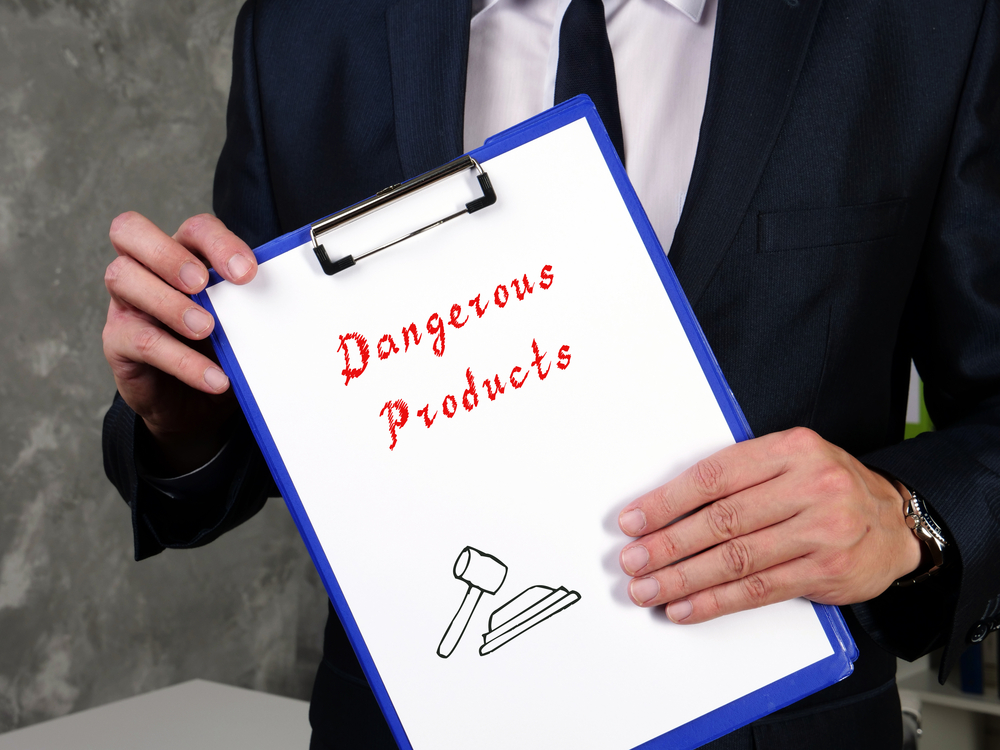The COVID-19 pandemic has completely upended the daily lives of almost every world citizen, and how we shop has been no exception. The closures of brick-and-mortar retail stores combined with access to online e-commerce and delivery has altered American shopping habits drastically. According to Forbes magazine, online shopping rose 77% compared to last year. Big retailers like Amazon, Walmart, and eBay saw huge jumps in online sales at the beginning of the pandemic, and those numbers aren’t slowing down.
The problem with these giant online marketplaces, and with Amazon in particular, is that third-party sellers can use these platforms to hawk their wares with little oversight or regulation. And it’s those third-party sellers that are putting children at risk with dangerous, poorly made counterfeit toys that do not follow the rigorous safety standards governing most toys sold in brick-and-mortar stores.
Beware of Third-Party Toy Sellers
- Ships from and sold by [Name of Third-Party Seller]: The product is sold by the third-party seller and shipped directly to you. The product may have been made in a country that does not regulate materials or manufacturing. This is the most common way that counterfeit toys are purchased.
- Sold by [Name of Third-Party Seller] and Fulfilled by Amazon: A third-party seller ships the product to Amazon’s warehouses, which then ships it to you without confirming that the product is authentic beforehand.
- Ships from and sold by Amazon.com: Amazon sells the product, so it should be legitimate. This does not mean that you won’t receive a counterfeit product, but it is the option with the least likely chance.
Tips for Buying Toys Online
There are a lot of ways to “screen” the toys you buy online before handing them off to little ones. Follow these suggestions to help keep their holiday season as joyful as possible:
- Know who is selling the product. The best way to avoid counterfeit products is to know who exactly is selling them. Avoid third-party shippers if possible.
- Look up the seller. If the product isn’t coming from the retailer, do some research on the seller. Look at the seller’s product page, check out their profile, and Google them.
- Read reviews and look for fakes. Businesses may create dummy accounts to purchase products and then review them. Watch out for a lot of positive reviews within a few days, poor spelling and grammar, similarly staged user photos or photos pulled from another website.
- You get what you pay for. The reason many of these products are cheaper is because they haven’t been tested or certified. If the price looks too good to be true, it probably is.
